Imagine a world where there were no birds – they’ve all gone extinct. Most of us would consider a spring morning without birds singing and calling or a noticeable absence of feathery creatures soaring through the sky. If you’ve ever witnessed the miracle of a wild bird egg hatching perhaps that is the image you hold dear and mourn so deeply if the world did not have birds.
Now, consider a world without birds from an ornithologist or scientist’s perspective. Although they too might miss the cheerful bird sounds and miracle of a new baby bird, their thoughts would be consumed by more profound and concerning thoughts of the environmental loss and impact on the ecosystem.
Imagine life without birds. If birds were to go extinct, or their populations decline significantly, the impact would run far deeper than quiet spring mornings and the absence of cute baby birds. Human life and other wildlife would change forever.
Why birds are important to the environment
Wild birds provide services to our environment that many of us are not even aware of and most of us take for granted. This is referred to as ecosystem services: “the multitude of benefits that nature provides to society.”
Among those services are pest control, dispersers of seeds, and pollination, all of which are necessary elements to support food production and other economy-dependent activities. As sky travelers, they serve as the mobile link living organisms rely on worldwide. Birds also take care of the rarely talked about but the all-important job of carcass scavenging.
1. Pest Control
Many birds’ primary source of food is insects which have proven to be a dramatic benefit in terms of reducing the loss of crops and trees due to insect infestations. To follow are just a few examples.
- Black-throated blue warbler and other neotropical migrators dine on the borers that set out to destroy coffee bean crops. Especially vulnerable are small farmers in developing countries like Jamaica.
In the Netherlands, insect-eating birds protect apple orchards from destruction. - In the Missouri Ozarks, insect-eating birds protect against the widespread destruction of the white oak trees crucial for the furniture industry.
- In Washington State, songbirds feed on Spruce budworms that would otherwise strip the leaves and sometimes kill forests of fir and spruce trees.
- Western bluebirds in California’s Napa Valley consume insects that would otherwise spread Pierce’s disease (a deadly grapevine disease) throughout the area’s organic farm community resulting in destroyed crops.
2. Dispersers of Seed
Consider this common scenario – a bird roams the land consuming seed-containing fruits, travels hundreds of miles away, drops “flying seed bundles“ from up above, seeds grow into trees. Now multiply that times thousands of birds and millions of flying seed bundles. An essential task is being carried out.
According to the Center for Environmental Science at Indiana University-Purdue, 92% of woody tree species are dispersed by birds. This includes timber, edible plants such as spices, medicinal plants, and ornamental species.
3. Pollination
Along with butterflies and some insects, birds help with pollination. Not to the extent they are needed for seed dispersal, but still important. According to the Center for Environmental Science at Indiana University-Purdue, “3-5% of some 1500 economically important crop and medicinal plants are bird-pollinated”.
4. Mobile Links
Birds serve as highly effective mobile links between living and nonliving organisms by exchanging organic and inorganic matter, known as nutrient cycling. Living organisms are dependent on this activity and birds are perfect for the job by traveling from one habitat to another (ocean to land) as well as from one part of the world to another. Migrating birds are also key as they carry nutrients from one part of the country to another or in the case of the Arctic Tern, one pole to another (the Arctic to the Antarctic).
5. Carcass Scavenging
Not a glamorous job but someone has to do it – and birds do it well. When an animal dies and is still intact (such is the case if they drown or died of natural causes) it requires the physical attributes of a bird such as a vulture, buzzard, or condor to tear through the hide and begin the natural process of scavenging until only bones remain.
Not a pleasant thought but an essential one. Without this service, our world would have a lot more diseases.
If there were no birds
If birds weren’t around to carry out these ecosystem services, how would they get done? We can’t know for certain but can assume one of two things. Either the services wouldn’t get done at all or another member of the ecosystem would have to carry them out. Likely the worst case is if the services were not carried out at all.
If there were no birds, pest control wouldn’t exist and many plants and trees would be destroyed causing economic impact to vulnerable communities and/or compel farmers to utilize more or stronger pesticides further degrading our food supply.
If there were no birds, long-distance seed dispersal would not be possible nor would dispersal from one habitat to another (ocean to land). As a result, forestation would not occur to the degree it does with the help of birds.
If there were no birds, the 3-5% pollination they provide would not happen and we would have that much less of the economically important crops and medicinal plants.
If there were no birds, the mobile link they provide to support nutrient cycling would be no more. Although the result of this possibility is not documented, one can logically assume there would be at least some impact.
If there were no birds, animal carcasses would litter the earth creating tremendous foul odor, spread diseases, and/or enable other scavengers (rats, dogs) to take over and proliferate creating a whole new problem.
Are birds going extinct?
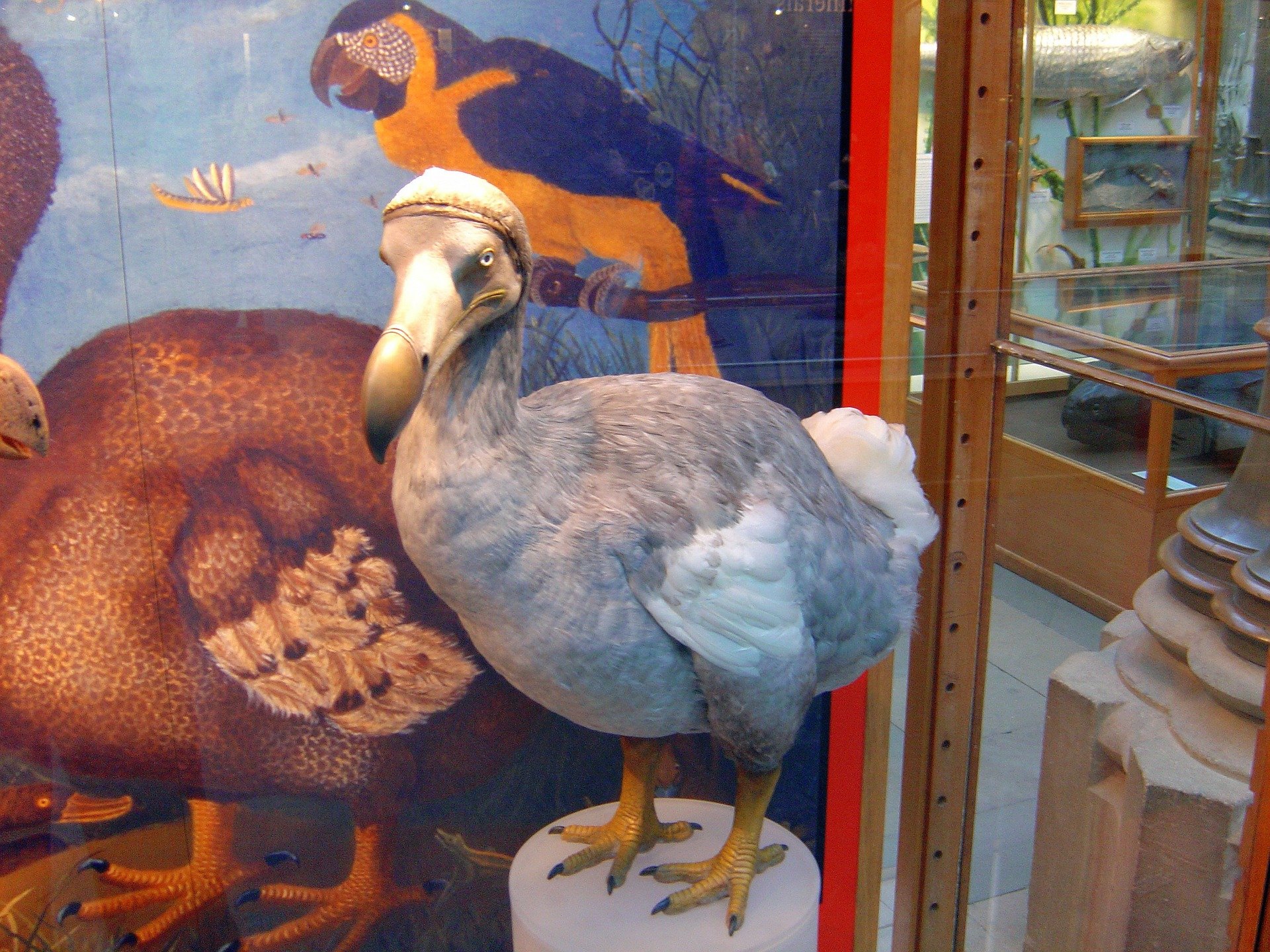
We’ve all heard of the Dodo bird, right? The Dodo lived on the island of Mauritius in the Indian Ocean, was last seen in 1681, and had gone extinct by the end of the 17th century.
You might be thinking, “But the Dodo bird extinction was a myth or an anomaly, right? Birds don’t really go extinct – they’re everywhere!”.
The Dodo bird really did go extinct! And, the cause was humans. Humans descended on this bird’s only home – Mauritius island – and hunted them, took over their habitat, and introduced unnatural predators (pigs, cats, and monkeys) which also hunted them and ate their eggs.
Modern day bird extinction
The Dodo wasn’t the first or the latest bird to go extinct – just the most famous one.
The IUCN (International Union for Conservation of Nature and Natural Resources) has taken on the monumental task of cataloging animal and plant species worldwide, assessing each one for its risk of extinction, assigning a category based on that assessment, and compiling it into “The Red List”.
The table that follows provides a glimpse into the state of affairs for our feathered friends based on The Red List. The clear point is many birds have gone extinct and even more are at risk of extinction.
Extinct: 159 Bird Species
- Thick Billed Ground-Dove
- Atitlan Grebe
- Spectacled Cormorant
- Stephens Island Rockwren
- Great Auk
- Dodo
Extinct in the Wild: 5 Bird Species
- Socorro Dove
- Alagoas Curassow
- Hawaiian Crow
- Spix’s Macaw
- Guam Kingfisher
Possibly Extinct: 22 Bird Species
Imperial Woodpecker
Glaucous Macaw
Jamaican Petrel
Javan Lapwing
Jamaican Poorwill
Endangered, Vulnerable, and Near Threatened: 1,481 Bird Species
- Cauca Guan
- Maleo
- Vanuatu Scrubfowl
- Malleefowl
- Udzungwa Forest-partridge
Why are birds going extinct?
There are many reasons birds go extinct at the hands of humans including loss of habitat, sport hunting, glass collisions, and introduction of invasive species.
1. Loss of Habitat
Over the years humans have expanded their footprint resulting in habitat loss for birds. Less habitat means less space to find food, mates, nest, and raise young. As a result, there are fewer offspring and dwindling bird populations.
2. Sport Hunting
There used to be a time when humans hunted for survival. Since the industrial era, this has become less and less necessary as food is plentiful and widely available for most of us without having to go and hunt for it. Today, hunting and killing animals is a very popular sport causing a population decline of many in the animal kingdom – especially birds.
3. Glass Collisions
Nearly every major city has an amazing skyline to admire. Dozens of incredibly tall buildings, many shining brightly as their wrapped with some or all glass. What’s beautiful to us can be deadly to birds. Each year it’s estimated between 100 million and 1 billion birds lose their lives from glass collisions in the US.
4. Invasive Species
Living things including birds, animals, and even man, have the ability to adapt to changes in their environment. This of course takes time – a lot of time, even generations of time. But birds don’t have time to adapt when humans unfairly introduce invasive species to their habitat. Even the introduction of invasive bird species can have a dramatic impact on the bird population.
Consider the European House Sparrow, native to Europe, that man brought to North America back in 1851. This cavity nester competes aggressively for nesting sites and was the direct cause for a dramatic decline in eastern bluebirds throughout North America.
With the help of grassroots conservation groups, the bluebird population has since rebounded but illustrates the impact invasive species can have.
How can birds be protected?
There are other causes of bird extinction that man can’t control such as climate change and diseases but as mentioned, there are many human behaviors that directly affect birds’ ability to survive.
As individuals, we can’t stop the construction of high-rise buildings and have little influence to effect changes in the sport hunting world but there are many things we can do that go a long way toward bird conservation.
1. Birdwatching
People begin bird watching for pleasure, entertainment, interest, and intrigue. Many fall into it by accident. They see a beautiful bird outside their window and want to know what it is. So they search online. Soon after they purchase a field guide to quickly identify the new species that visit and eventually, purposely attract certain species like the northern cardinal to their yard.
Most birdwatchers don’t become conservationists or naturalists, but many do begin to care more about nature than before.
If you’re a birdwatcher, you can help by engaging friends and family in the hobby so they too can discover the entertainment value in it but also join the ranks of people who care about nature. If you’re not a birdwatcher, now’s a good time to start!
2. Support Bird-Friendly Policies
In 1918 the US implemented the MBTA (Migratory Bird Treaty Act) to ensure sustainable populations of migratory birds by making it illegal to kill, capture, transport, sell, or trade certain migratory bird species without prior authorization.
The origins of the MBTA began many years earlier by two women from Boston, Harriet Hemenway, and Minna Hall. Their organization and activism efforts brought awareness to the massacre of wild birds brought on by a horrible fashion trend – bird hats. In the late 19th and early 20th centuries, it was fashionable to not only sport bird feathers in their hats, but also entire birds or bird parts (eyes, wings) as well.
We don’t have to be activists to effect positive change. We can do simple things like be aware of and support bird-friendly legislation and policies such as those that preserve their habitat. Call your local congressman, senator, or elected official and voice your concern for the wild birds when the opportunity arises.
3. Help with Community Observation Efforts
We know when birds are in trouble by monitoring their population. There aren’t enough scientists and conservationists in the world to manage this monumental task. Instead, they’re dependent on regular citizens like you and me to report the birds we see in our neighborhoods.
The Cornell Lab of Ornithology sponsors numerous opportunities to get involved from a 4-day event to extended long-term ongoing engagement. Check out Citizen Science: Be Part of Something Bigger for details on the programs and how to get started.
4. Keep Cats Indoors
Domestic cats still have animal instincts to hunt birds. If you think sweet Fluffy wouldn’t love to just pounce on the bird outside his window, think again. It’s not their fault, it’s perfectly natural.
Believe it or not – house cats are one of the wild birds’ primary predators. According to a study published in Nature Communications, almost 4 billion wild birds lose their lives to outdoor cats each year.
You can help by keeping your pet cat indoors and encouraging friends, family, and neighbors to do the same.
5. Go Organic
Avoid using chemicals in and around your yards such as grass fertilizer and pesticides. Most wild birds consume insects and if you kill off the insects with chemicals, there won’t be any for them to eat. Perhaps more horrible would be death by poisoning in the case of a wild bird eating a toxic insect!
The same goes for fruit-eating wild birds, of which there are many. Trees and shrubs sprayed with insecticides and other chemicals can pass through to the fruits the birds consume resulting in illness or death.
This article by Tammy Poppie was first published on OneGreenPlanet on 17 June 2021. Lead Image Source: Shaun Bell/Unsplash.
What you can do
Support ‘Fighting for Wildlife’ by donating as little as $1 – It only takes a minute. Thank you.
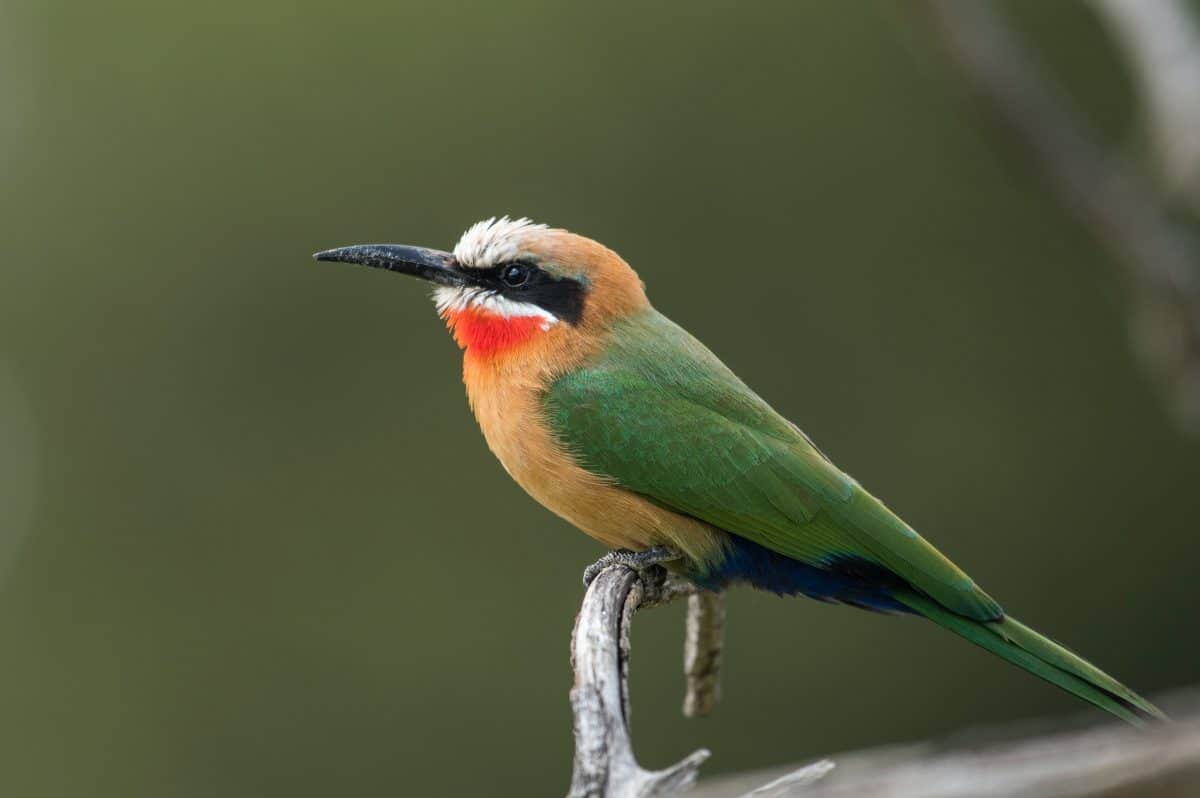
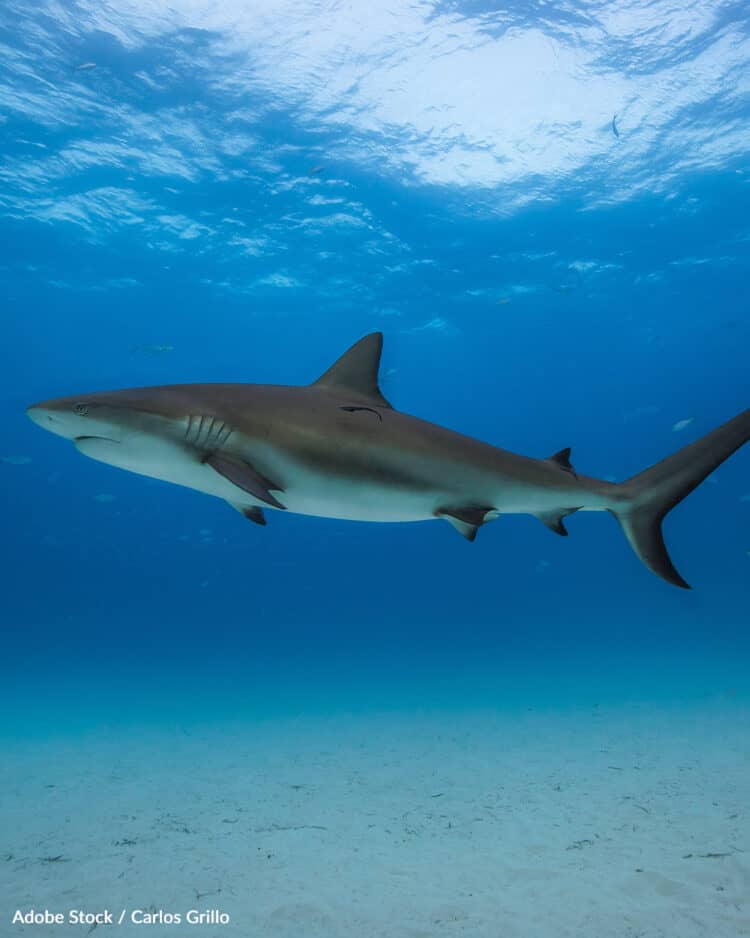
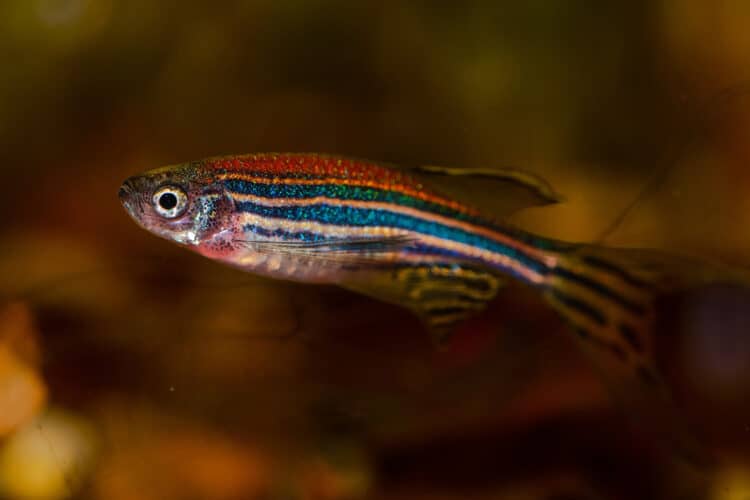
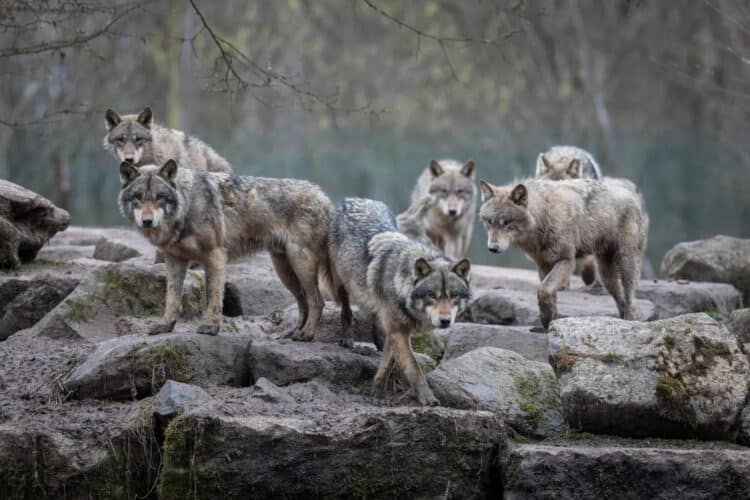
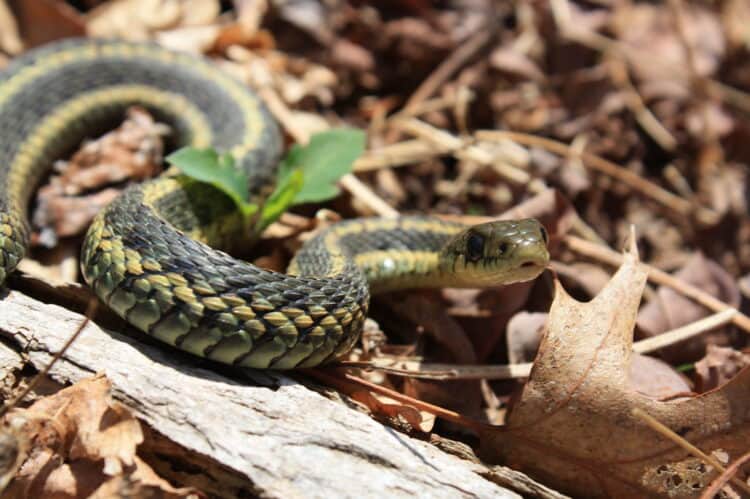
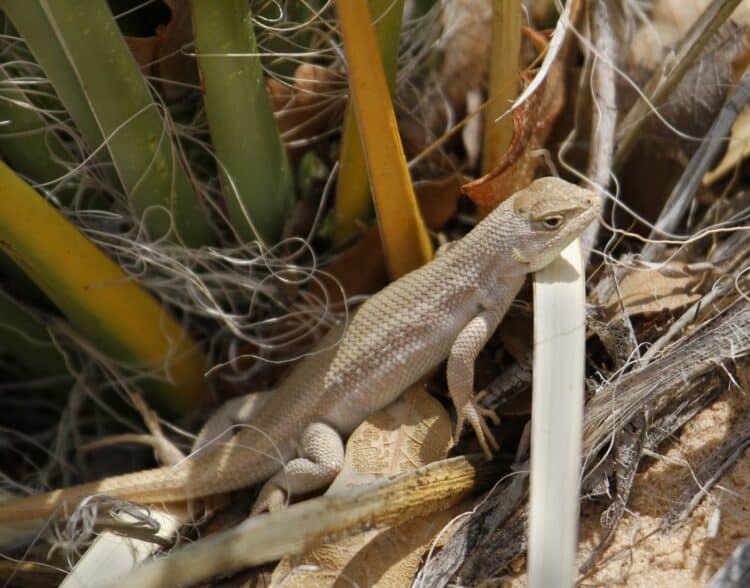

Leave a Reply